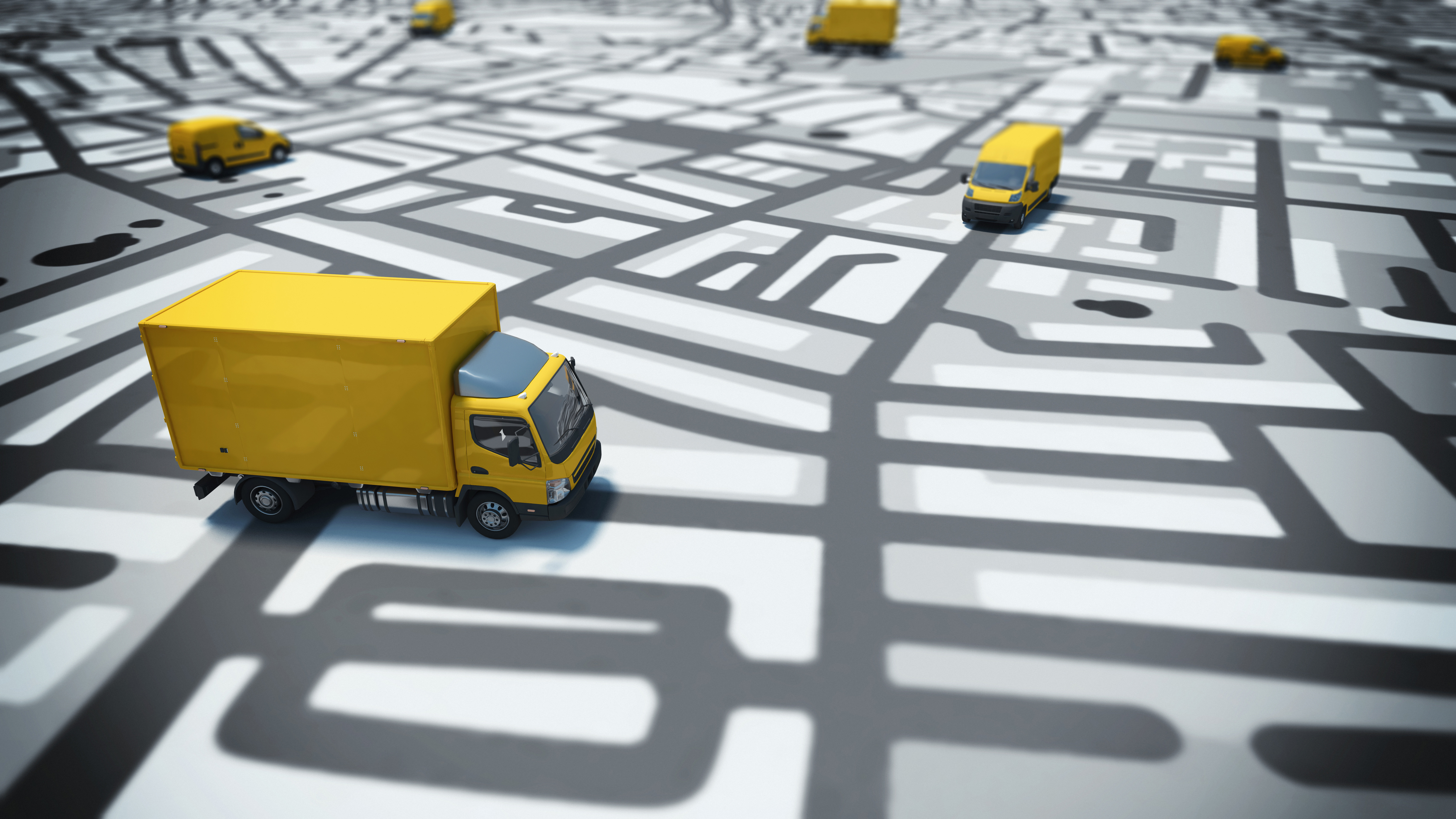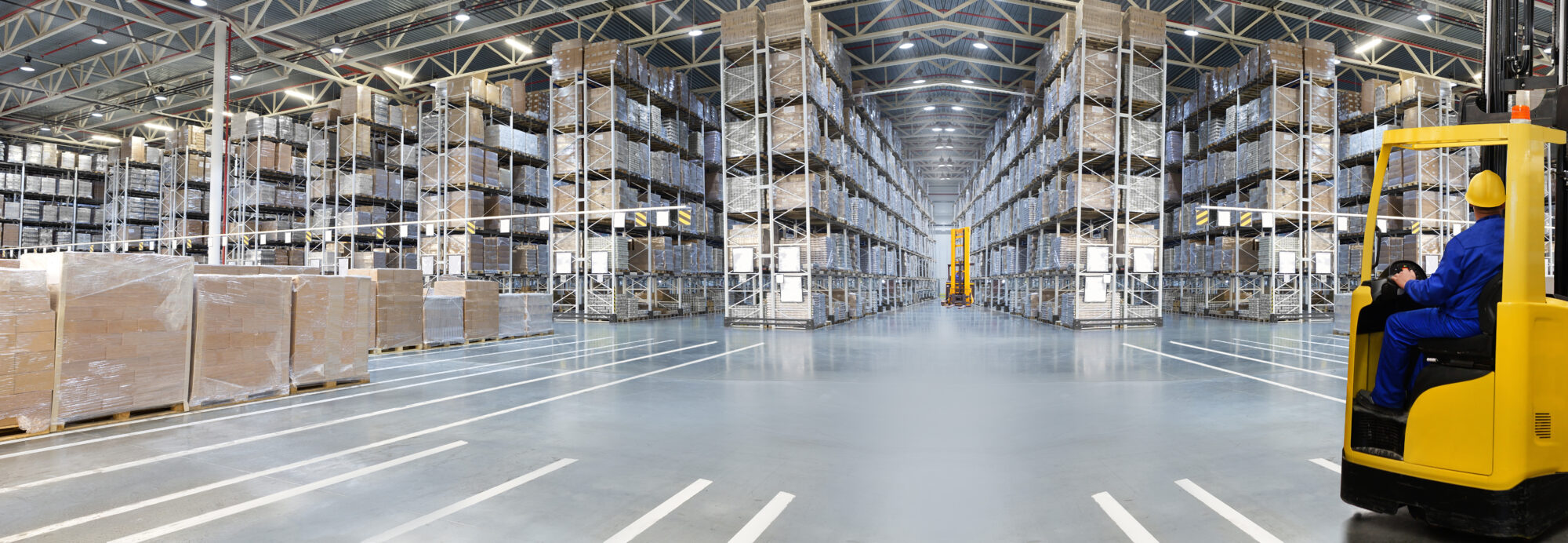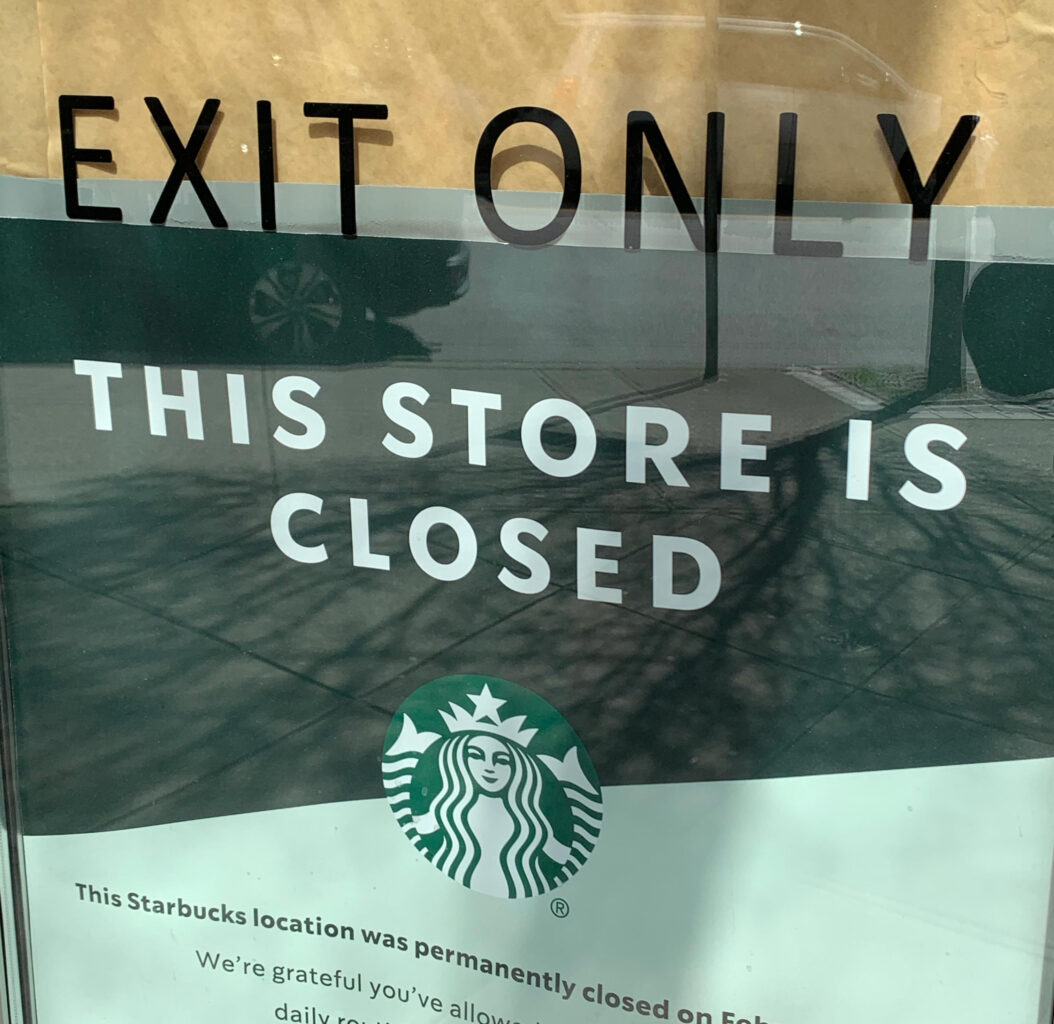By David Pring-Mill
The following text has been excerpted from Sections 5—5.3.1 of the Policy2050 report “Consumer Trends, Diversification & Strategies in the Global Beverage Industry, 2021,” in order to serve as a product sample and fulfill Policy2050’s mission “to keep the most socially-relevant insights outside of any paywall.”
As beverage companies try to stay relevant in devastated and dramatically-altered markets, they are pursuing D2C, separating or fusing together brand identities, making omnichannel adjustments, adjusting the actual products, localizing promotions even further, planning diligently for growth with key partners, and even reconsidering organizational culture on fundamental levels.
There is growing consumer demand for bottled water in various forms, including plain, flavored sparkling, flavored still, and with antioxidants/alkaline added. Coca-Cola’s AHA product was intended to capitalize on the high growth in flavored sparkling.
CEO James Quincey said the AHA products got some double digit retail value share in the first 18 or 20 weeks before the pandemic disrupted consumer behaviors and, therefore, sales. Or as Quincey candidly put it: “Of course, again, it’s run into the COVID buzzsaw.”
Respect the buzzsaw.
If you had a strategy, no matter how brilliant the strategy or how sizable your sunk cost, it deserves a ruthless amount of reconsideration, especially in the aftermath of 2020.
Be precious about your company’s future, not a preconceived strategy — are they still one and the same? Is the strategy relevant amid the pandemic, or in the post-COVID world? If the answer is no, abandon it. The leading companies in beverages, from Coca-Cola to Starbucks, already have.
D2C and a triaged approach to brick-and-mortar were either pursued, or seriously considered, by many companies.
D2C

Olipop is a soda that is supposed to be good for you. The clean, somewhat vintage design of the can advertises properties such as “Prebiotics,” “Botanicals,” “Plant Fiber,” “Non GMO,” “Plant Powered Microbiome Approved.”
Despite there being heavy skepticism around D2C as a business model for beverages, given the potentially bulky deliveries as well as consumption habits, Olipop told Business Insider in August 2020 that digital was working for them, as indicated by:
- 800% month-over-month revenue growth in D2C sales since February.
- A 150% increase in monthly subscriptions.
- In terms of the digital channel’s slice of the larger pie, ecommerce is now 25% of total sales, up from less than 10% pre-COVID.
Earlier on in the pandemic, there were wide-ranging supply chain disruption fears. These concerns are understandable not just for the beverage industry generally but for functional beverage categories in particular. In functional beverages, effective sourcing is one of the key ways that companies are able to create a healthier, functional product.
Speaking with The Food Institute, Olipop CEO Ben Goodwin said that they anticipated the problems operationally. Fortunately, they didn’t run into ingredient shortages.
However, he remarked, “It’s very easy to see how it could have happened, especially on commodities like juices.”
Olipop uses a range of juices. They make a cola product but lack the scale and influence of the beverage giants.
Goodwin said, “If everyone has a run on the juice market and you’re a smaller company, then guess what, there’s not going to be any juice for you! You know, so there was a certain amount of that. I would say the biggest thing, from a supply chain side, and this was already a problem before but it definitely has been exacerbated, is really, you know, our product is in a can. And the aluminum cans situation right now is a nightmare. It’s such a nightmare.”
If you’re in the canned beverage business, you’re not just heavily into marketing, as all beverage companies are; you’re into metals. And can manufacturing, like the beverage industry itself, has undergone consolidation.
Citing Ball, Ardagh, and Crown as three big players of note, Goodwin remarked that “Ball is investing in a new smelting or can production plant but demand for cans has been going up for years.” Furthermore, the plants are costly and take a long time to build.
During the pandemic, people aren’t eating out in restaurants, which means lower on-premise beverage sales and shifted consumption, which means fewer beverages being transported in kegs and more beverages being poured into cans.
“There was already a squeeze on the market, now there’s even more of a squeeze on the market,” Goodwin summarized.

Clearly, D2C circumvents some operational problems and could actually work for specific functional beverage products, but the specificity of those products and the size of these smaller companies introduces a different form of supply chain vulnerability.
Meanwhile, larger beverage companies like Coca-Cola are looking to further digitize their relationships with bottling partners and retailers, connecting “businesses to businesses to consumers.”
The company viewed the implementation of its Wabi app or “digital ecosystem” as an opportunity to include, rather than exclude, the smaller, integral actors in its value chain, such as “the kiosks, bodegas, dukas, and snack shops at the corner of every village and city around the world.”
Wabi enables these small retailers “to connect to consumers easily and seamlessly, without bearing the costs of developing and deploying an app,” ultimately enabling home delivery services.
This digital initiative started in Latin America and is now pressent in 14 countries. An app in Japan that connects consumers to vending machines has reached 28 million downloads.
Shifting to the suburbs

Starbucks is heading in a completely different direction than they were several years ago.
The coffee chain’s evening transition plans were aimed at squeezing more profitability out of expensive urban leases. “Starbucks Evenings” offered wine, craft beer, cider, and shareable plates under the slogan “we love seeing you a little later.”
They mostly abandoned that idea in 2017, shifting this type of service to a very limited number of high-end locations globally. But the pandemic pushed them into a completely different direction: the suburbs and drive-thrus are seen as valuable, and many locations in dense metro centers were unceremoniously closed, with brown paper taped to the windows. The ones that remained were sometimes supported by advertisements that highlighted the option of an app-based “contactless coffee run.”
Meanwhile, office supplies retailer Staples had been trying to emulate Starbucks and WeWork, in a sense, by encouraging people to show up with laptops, work on their projects, and create a sense of community. Of course, this strategy completely loses relevance during a pandemic.
Planning for the future
Inflation is becoming a political topic of concern globally, and beverage companies cannot escape it, either.
When a Morgan Stanley analyst inquired about how PepsiCo was approaching the abnormal commodity environment, including rising corn prices, and whether more aggressive pricing was a possible outcome, PepsiCo CFO Hugh F. Johnston replied in a Q1 2021 earnings call that “no single commodity accounts for more than 10% of our basket” and this fairly broad exposure to commodities had been factored into 2021 guidance.
Johnston attributed past and upcoming gross margin decline to the mix effect of international M&A, primarily the acquisition of South African food and beverage company Pioneer Foods, but expected that they would “finally lap out of that” after Q2.
On the issue of rising commodity costs, Coca-Cola CEO James Quincey told CNBC: “We are well-hedged in ’21, but there’s pressure built up for ’22, and so there will have to be some price increases.”
The pandemic has produced many ripple effects. However, it was not the only highly impactful, external, unexpected event that rippled throughout the beverage industry and other industries recently.
The massive winter storm of February 2021, which caused deaths and mass-scale failures of infrastructure, also produced an economic impact by interfering with factories, businesses, and labor. This was quantified by The Perryman Group as follows: “projected long-term losses in gross product over time include between $85.8 and $128.7 billion, with lost income of $56.8 billion to $85.1 billion.”
On the PepsiCo Q1 2021 earnings call in April, CEO Ramon Laguarta said that their Frito-Lay snacks division was particularly impacted.
“A lot of our manufacturing and depots are in the South,” he explained. “So we’re slowly recovering from that situation, both raw materials and actual manufacturing. And we’re very close to having a normal supply chain now.”
Consistent with the “Build Back Better” concept, which was trumpeted by the Biden-Harris presidential campaign, adversely-affected beverage companies are now implementing strategies by which they can not only recover but emerge triumphant.
Many of them are taking a worldwide, decades-long look at their industry in order to properly contextualize recent events and adversities, and plan for the future.
PepsiCo is referring to its organizational approach as a “Faster, Stronger and Better framework,” which encompasses brand marketing, purpose-driven decision-making, and reconfigurations/optimizations of supply chains, IT, and go-to-market systems.
The Coca-Cola Company, along with its competitors, saw significant declines in sales volumes during the pandemic. They’re working to fine-tune operations and curate the next generation of functional beverages. They’re also aware that there won’t be a straight line to recovery, given the hard-to-predict transmission of the virus and the varying government responses.
The full report “Consumer Trends, Diversification & Strategies in the Global Beverage Industry, 2021” is now available for purchase on Policy2050.com.